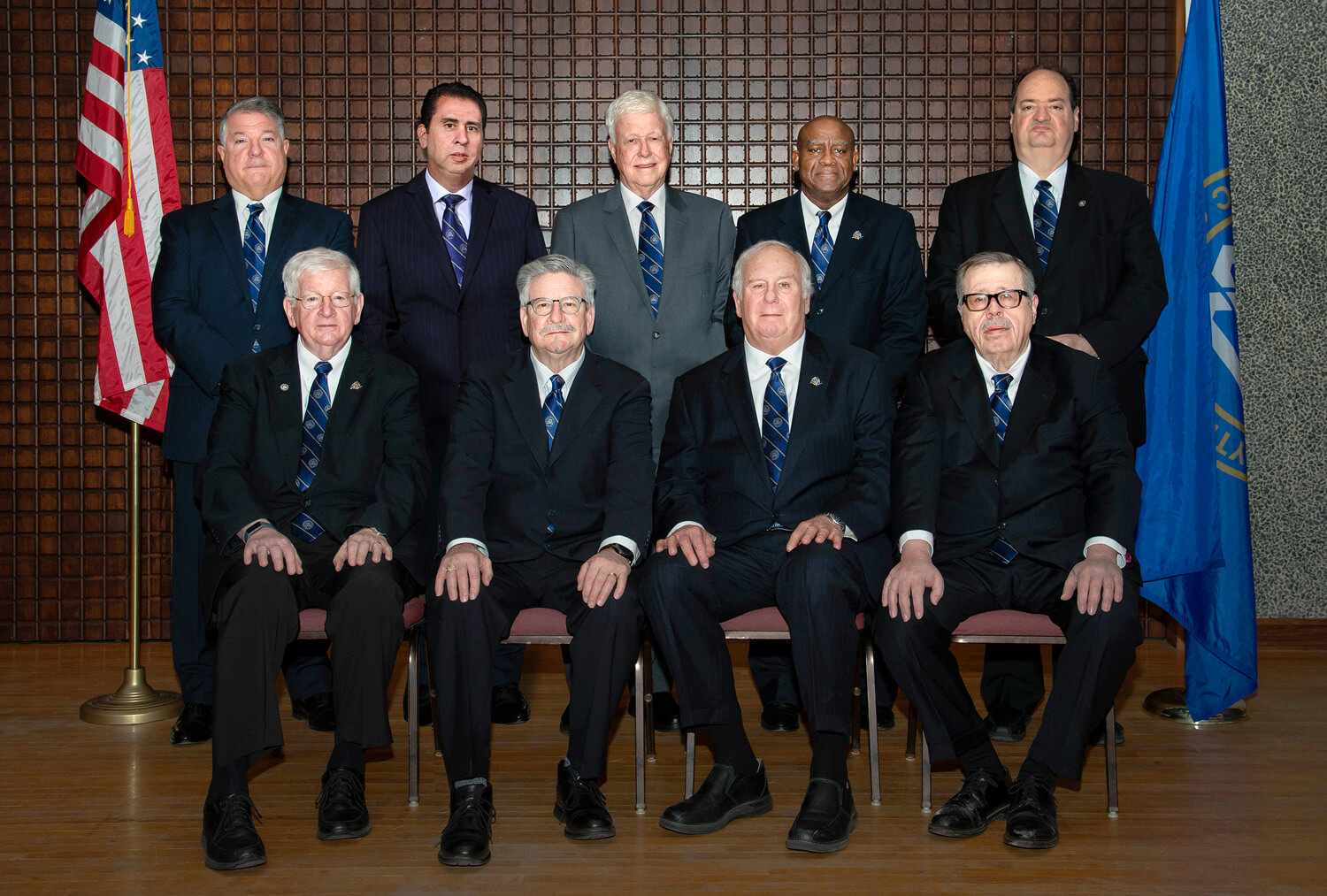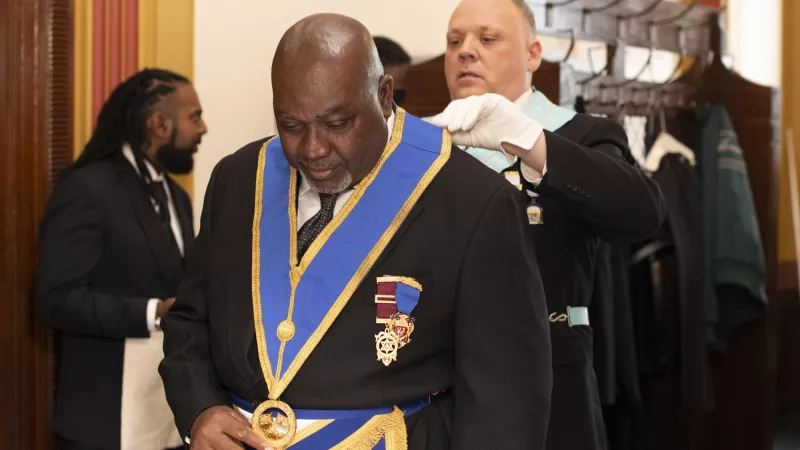Comprehensive Guide on How to Become a Freemason for Starters
Comprehensive Guide on How to Become a Freemason for Starters
Blog Article
Checking Out the Mysteries of the Freemason: What You Required to Know
The Freemason, a term commonly shrouded in intrigue and controversy, represents a complicated tapestry of historic fact and modern misconception. Developed in the late 18th century, this secret culture was initially rooted in the Enlightenment's perfects but has considering that become synonymous with conspiracy theories regarding elite control. As we navigate the origins, vital numbers, and the raw comparison between myth and truth, one should consider exactly how these narratives influence modern perceptions of power and privacy. What may be disclosed via a better evaluation of these components can test long-held assumptions about the shadows that remain in our culture.
Beginnings of the Freemason
The origins of the Freemason are soaked in a blend of historic intrigue and ideological eagerness. Developed in 1776 in Ingolstadt, Bavaria, by Adam Weishaupt, the group was at first developed as a secret society targeted at promoting Enlightenment ideals such as reason, secularism, and the separation of church and state. Weishaupt, a teacher of canon regulation, looked for to test the prevailing authority of the church and state, which he deemed overbearing organizations suppressing intellectual and personal liberty.
The Freemason looked for to recruit prominent members from various social markets, consisting of national politics, academic community, and the arts, to promote a network devoted to these Knowledge principles. The society operated under a veil of privacy, using coded language and routines to shield its participants from persecution, particularly offered the repressive environment of the moment. Nevertheless, the Freemason encountered substantial opposition from both governmental authorities and religious institutions, which watched the group as a hazard to their power.
Trick Numbers and Participants
That were the critical figures that shaped the Freemason's very early influence and direction? The Bavarian Freemason, founded in 1776 by Adam Weishaupt, became an action to the oppressive social structures of the time. how to become a freemason. Weishaupt, a regulation teacher, pictured the company as a method to advertise Enlightenment perfects such as reason, secularism, and equal rights. His preliminary employment efforts included significant pundits, such as Baron von Knigge, that played an important duty in expanding the group's subscription and business framework.
Another considerable number was Johann Gottlieb Fichte, a popular philosopher whose ideas on nationalism and education resonated with the Freemason's objectives. Although Fichte was not an official member, his thoughtful foundations affected the team's belief. Additionally, numbers like the writer and philosopher Johann Wolfgang von Goethe were associated with the wider intellectual movements of the time, although their direct involvement with the Freemason continues to be disputed.
These vital numbers contributed to the Freemason's very early direction, pushing the limits of political and social thought, while their cumulative initiatives intended to test established standards and promote an environment of progressive change in Europe.
Myths vs. Fact
Many mistaken beliefs surround the Freemason, often blending truth with fiction in a means that covers its real nature. This secret culture, originally established in 1776 in Bavaria, aimed to promote Knowledge suitables and fight religious and political injustice. The idea that the Freemason remains to put in significant influence over globe occasions is a myth. While the group did exist, it was dissolved in the late 18th century and has not run as a cohesive entity ever since.
One more widespread misconception is that the Freemason consists of a network of elite individuals manipulating international affairs. In truth, several conspiracy concepts exaggerate the group's relevance, connecting unfounded motives to societal fads and occasions. This has actually brought about an oversimplified sight of complex issues.

Modern Analyses
Contemporary analyses of the Freemason often reflect wider social anxiousness and an attraction with privacy and power. This modern-day lens frequently associates the Freemason with conspiracy theory theories that suggest a covert elite manages world events, manipulating governments and economic climates for their very own gain. Such stories take advantage of a deep-rooted question of authority, specifically in times of situation or social upheaval.

Moreover, some modern-day interpretations frame the Freemason as an allegory for the intricacies of globalization and the interconnectedness of significant people and organizations. This point of view encourages a vital exam of just how power characteristics run in today's world, highlighting the her comment is here balance in between openness and secrecy in governance and company techniques.
Social Effect and Legacy
Influenced by centuries of intrigue, the social effect and tradition of the Freemason extend much beyond its historical beginnings. This secret culture, developed in the late 18th century, has actually permeated various elements of pop culture, from literature and movie to songs and art. The idea of the Freemason has evolved right into a sign of conspiracy concepts, usually standing for a regarded concealed power manipulating international occasions.
In literature, writers like Dan Brown have woven the Freemason right into intricate stories, fascinating readers with motifs of secrecy and power. Movies such as "National Treasure" and "The Da Vinci Code" better continue the appeal of the culture, blending reality with fiction to produce interesting narratives.
The Freemason's impact likewise extends right into music, with musicians referencing the organization to evoke motifs of rebellion and social critique. This representation click site has added to a fascination with the concept of clandestine groups regulating the levers of power, showing societal anxiousness regarding authority and openness.
Ultimately, the Freemason's tradition is an intricate tapestry of myth and truth, forming understandings of secrecy and control in modern discussion. Its enduring existence in society underscores humankind's perennial mission for recognizing hidden realities.
Verdict
The exploration of the Freemason reveals a complicated interplay between historic realities and modern myth-making. Established in the Knowledge period, this culture aimed to challenge overbearing frameworks, yet its legacy has been eclipsed by conspiracy concepts that recommend elite control. Understanding the differences in between the initial perfects and modern analyses is vital for understanding the sustaining attraction with the Freemason and its significant influence on cultural narratives surrounding power and secrecy in society.
Report this page